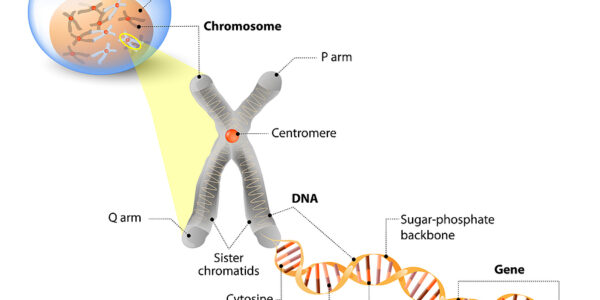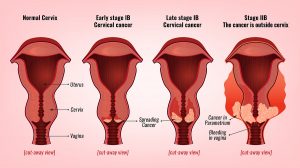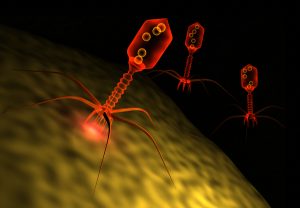Epilepsy is sometimes difficult to control, but research has now identified two proteins responsible for getting epilepsy. According to the researchers this finding has the potential of turning our current knowledge about epilepsy upside down.
How the brain works and seizures originate
The brain is an accumulation of a myriad of nerve cells that are connected with an equal number of nerve fibers.
The communication from one end of the brain to the other end occurs via electrical signals. They have their origin in the nerve cells and travel through the nerve fibers at an astonishingly fast rate.
The nerve cells of the brain also have a connection to the muscles, organs and skin. This is achieved with the help of nerve fibers. They travel through the spinal cord and peripheral nerves to reach the end organs. Again the transmission of these communication signals are through electrical impulses. Usually these signals are perfectly balanced by inhibitory nerve cells, whose job it is in the spinal cord and throughout the brain to keep these electrical signals under control.
Unfortunately some people are not so lucky. They have a “low seizure threshold” and a fever or stress can trigger a seizure or epilepsy. This is a state of the brain where activated parts are overruling the inhibitory parts and an epileptic seizure or partial seizure results. In the case of a grand mal seizure the person may be unconscious for a brief period of time while the muscles have shaking spells. It may start with involuntary muscle twitching around the eyes, the patient becomes unconscious and may fall down onto the ground. The patient may bite the tongue, stop breathing, shake arms, then the trunk muscles and finally both legs. Around 1 in 100 people get epilepsy, and it is mostly children and people above the age of 65 who get it.
New research regarding two proteins responsible for getting epilepsy
Rochelle Hines led a team of neuroscientists from the University of Nevada, Las Vegas in this research. They investigated two proteins involved in inhibiting the central nervous system. In the past it was thought that an overstimulation of nerve cells would have caused electrical overstimulation of the central nervous system causing epilepsy. Now this new research showed that it is two proteins that are missing. Normally these proteins suppress the electrical nerve activity that leads to epilepsy.
First of all, gephyrin is a protein that regulates GABA receptors. GABA is a brain hormone that calms the brain. Another protein, called collybistin is a regulator of the localization of gephyrin.
Different approach to study epilepsy will find better medications
Rochelle Hines and her team found two key proteins, gephyrin and another protein, the alpha-2 subunit of the GABA receptor. They found that they have to interact with each other in order to calm the brain. If this does not occur, seizures (epilepsy) can occur. The emphasis of this research was on finding ways to stimulate the inhibition of the GABA receptor system. In the past the emphasis was to generally calm down the entire brain with medications. This caused a lot of side effects because the traditional anti-seizure medications do not target a specific area of the brain. Now scientists can work with the two key inhibitory proteins, gephyrin and the alpha-2 subunit of the GABA receptor. At this point a new medication is not yet available, but certainly when the development of it is complete, it will be more specific and have fewer side effects.
Some citations from the lead researcher, Rochelle Hines
“Regulating this ‘compartment’ of proteins in the brain that controls cell signalling may lead to better therapies for stopping or preventing seizures. If we can better understand the activity of the brain pattern, we can understand how it might go wrong in a disorder like epilepsy, where brain activity becomes uncontrolled. And if we can understand what is important for this control, we can come up with better strategies for treating and improving the quality of life for people with epileptic seizures and maybe other types of disorders as well, such as anxiety or sleep disorders.”
It is interesting to me that seizures and anxiety maybe the same process in the brain. While with anxiety the brain is irritated, it is still controlled. In contrast in the case of epilepsy the control of the GABA system is gone and the brain excitation is uncontrolled. Medication that will increase the proteins gephyrin and the alpha-2 subunit of the GABA receptor is badly needed.
Conclusion
Epilepsy and seizure disorders appear to now be due to a lack of inhibition in the central nervous system. Two proteins that work on the inhibitory GABA receptors hold the key. They are gephyrin and the alpha-2 subunit of the GABA receptor. There are mouse strains that are deficient for these proteins, and they come down with epilepsy. The human brain has the same proteins that are necessary to inhibit the brain. In anxiety disorders it seems like there is a mild loss of these inhibitory proteins. In contrast with epilepsy the deficiency of these hormones is more severe. Researchers are now concentrating on developing new drugs or modifying existing drugs to stimulate the production of these inhibitory proteins. The hope is that these medications will have fewer side effects, because they will be more receptor specific.





















